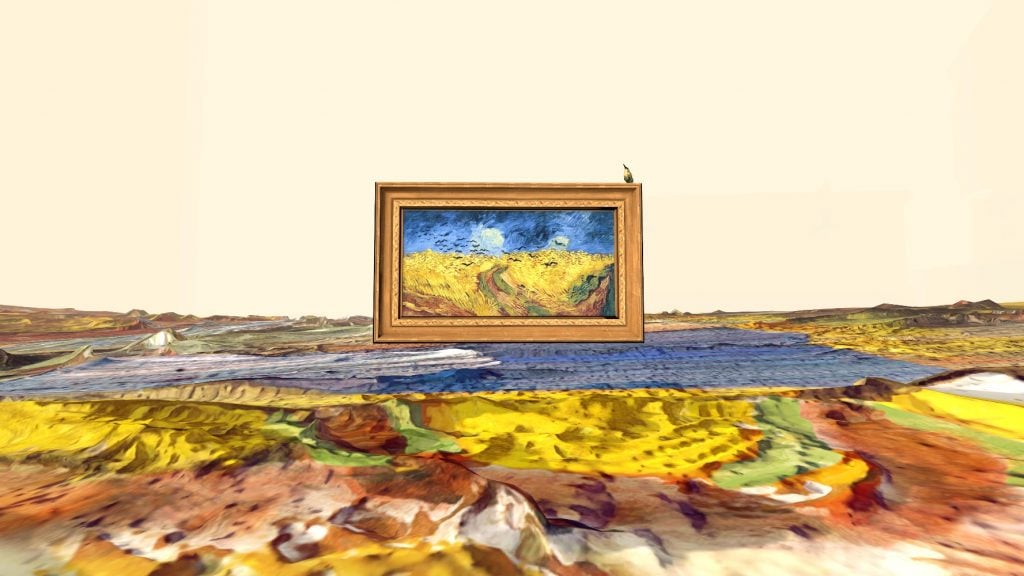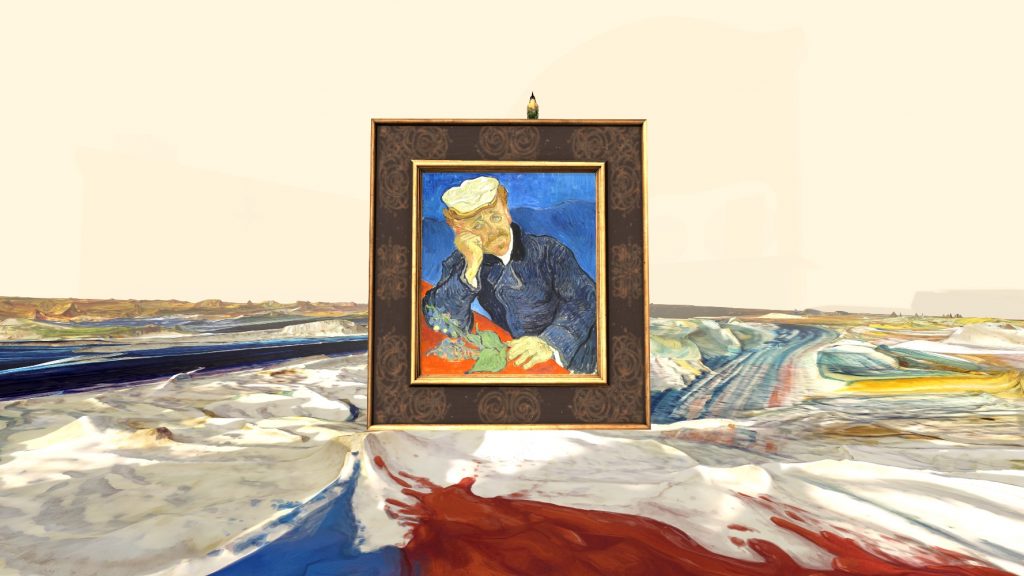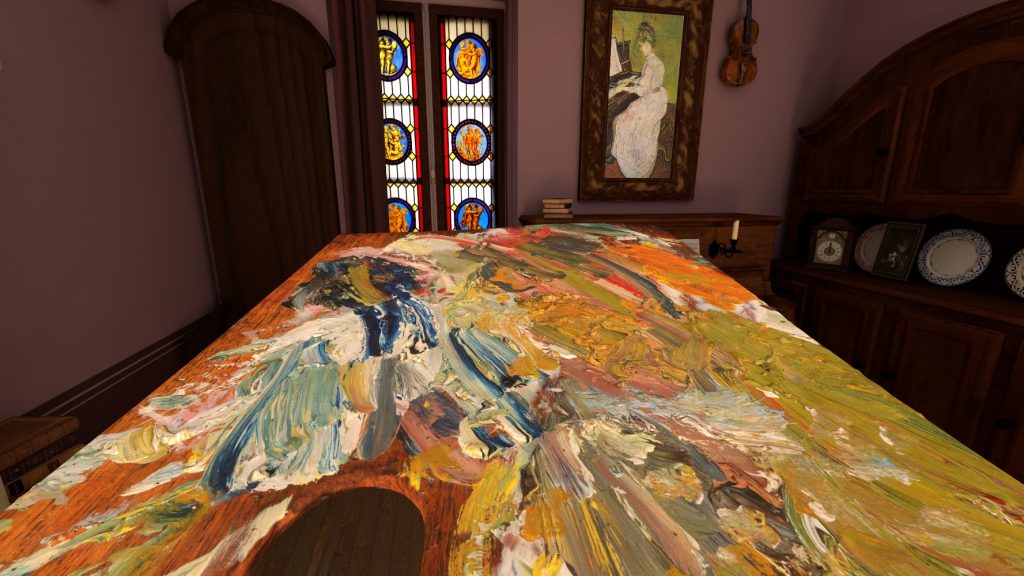On View
At the Musée d’Orsay’s High-Tech New Van Gogh Show, an A.I. Version of the Artist Will Answer Visitors’ Questions
There will be V.R. and NFT elements.

There will be V.R. and NFT elements.

Jo Lawson-Tancred

The pandemic-induced craze for “immersive Van Gogh” experiences has waned, forcing one leading provider to file for bankruptcy earlier this year. Now, for its new exhibition dedicated to the beloved Post-Impressionist, the Musée d’Orsay in Paris is trying out an even more high-tech approach—involving virtual reality, A.I., and NFTs—to try and reignite some of that same enthusiasm.
The show, “Van Gogh in Auvers-sur-Oise: The Final Months,” which opens today and runs through February 4, 2024, will feature some 40 works produced during the last two months of the painter’s life, in 1890, shortly after his year-long stint at the Saint-Paul asylum in Saint-Rémy. During this time, Van Gogh made more than 74 paintings, some of which are among his most renowned.
Toward the end of the traditional exhibition, the power of A.I. allows visitors to interact with Van Gogh, whose digital manifestation appears via video screen and takes questions from his audience in French. The artist’s insights are gathered from the many letters he wrote in his lifetime, which were used as input data to inform his A.I. reincarnation. It appears that no subjects are off limits, including Van Gogh’s mental health struggles and his decision to cut off part of his left ear, about which various news reports suggest he has received an exhausting number of inquiries.
“While I did face mental health struggles, my move to Auvers-sur Oise was not motivated by a desire to end my life,” he at one point reassured visitors, according to AFP. He also declared on no uncertain terms that his favorite color is yellow.

Still from Le Palette de Van Gogh. Image: © Lucid Realities – TSVP – Musée d_Orsay – VIVE Arts.
Elsewhere, visitors are invited to explore “La Palette de Van Gogh (Van Gogh’s Palette),” the museum’s first V.R. offering. The exhibit plays to Van Gogh’s legacy as one of art history’s most vibrant colorists by using his final palette from his time living in Auvers as a portal to transport visitors out of the gallery and into a palette-inspired landscape, developed thanks to ultra-high-resolution scans of the object’s surface. Traversing the painterly daubs of color that remain stuck to the board over 130 years since Van Gogh’s death, visitors are shown how these vivid hues match up to those present in some of the artist’s masterpieces. In more surreal scenes, isolated brushstrokes leap from the palette and flutter through the air like confetti or a flock of tiny birds before landing on a canvas in perfect formation to make a finished painting.
“Artist tools can often fall to the wayside of art historical discourse but have the capacity to offer a rich insight into the artist’s work and process,” said Celina Yeh, executive director of VIVE Arts, which produced the V.R. experience, in an email. “A high-resolution scan of the palette forms the basis of an imagined virtual landscape inspired by the painter’s world and use of colour, allowing visitors to have a uniquely interactive and sensory experience of the artist’s major works from this period.”

Still from Le Palette de Van Gogh. Image: © Lucid Realities – TSVP – Musée d_Orsay – VIVE Arts.
The journey through Van Gogh’s unique visual language is narrated by Marguerite, a daughter of Van Gogh’s homeopathic doctor Paul Gachet, who Van Gogh painted twice in 1890. The Gachets’ sitting room, where Marguerite posed, has been recreated for the V.R. experience with the help of Van Gogh expert Wouter van der Veen. Though she was just 19 when they met, Marguerite had the foresight to hold onto Van Gogh’s last palette, which she donated to the French state in 1951 before it was given to the Musée d’Orsay.
“The imagined perspective of Marguerite Gachet, further invites the viewer to consider what Van Gogh’s life would have been like in his final days, the places and people he would have encountered and that feature in some of these paintings,” according to Yeh. VIVE Arts made the experience in collaboration with the Paris-based production companies Lucid Realities and Tournez s’il vous plaît. An extended version with a wider range of works by Van Gogh is being prepared for global release in 2024.
Despite the complete nosedive of interest in NFTs, the museum will also be offering collectibles made by digital artists who have been inspired by the show as part of its first foray into Web3. This endeavor launches a year-long partnership with the Tezos Foundation.
More Trending Stories: